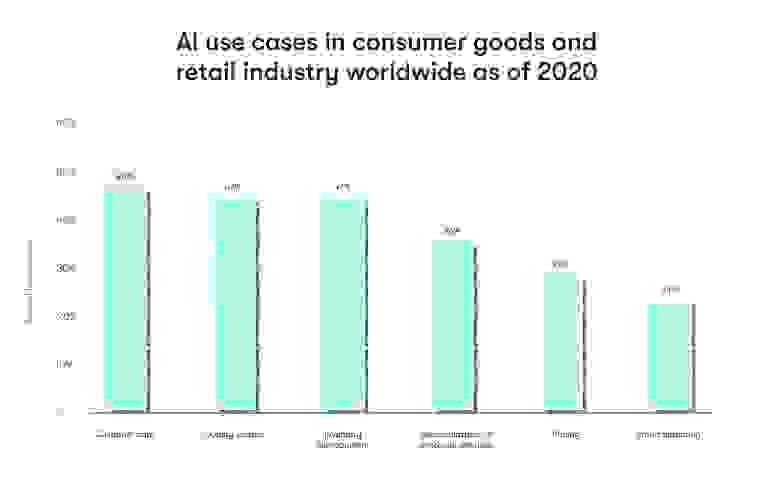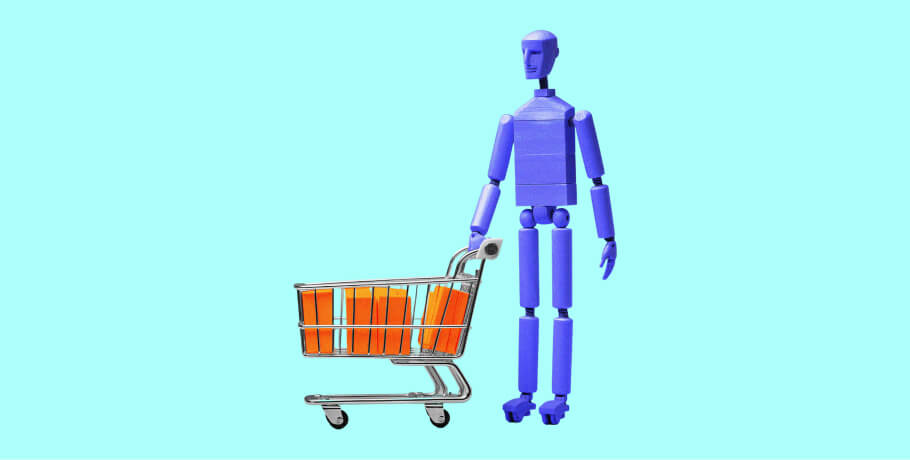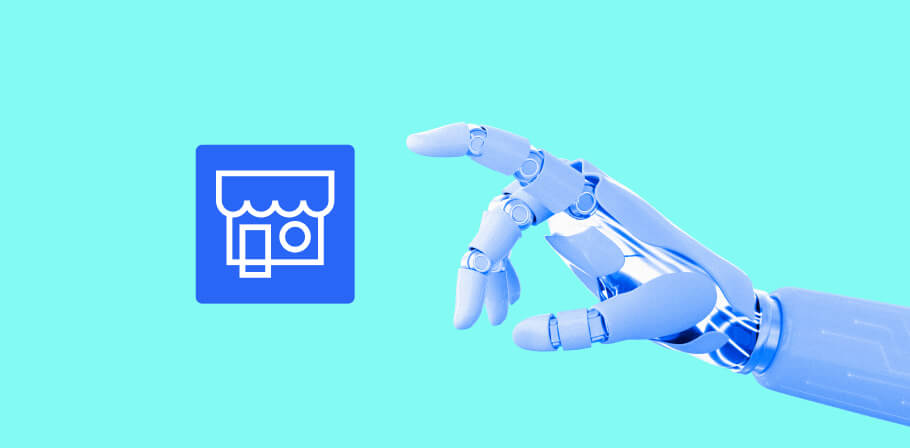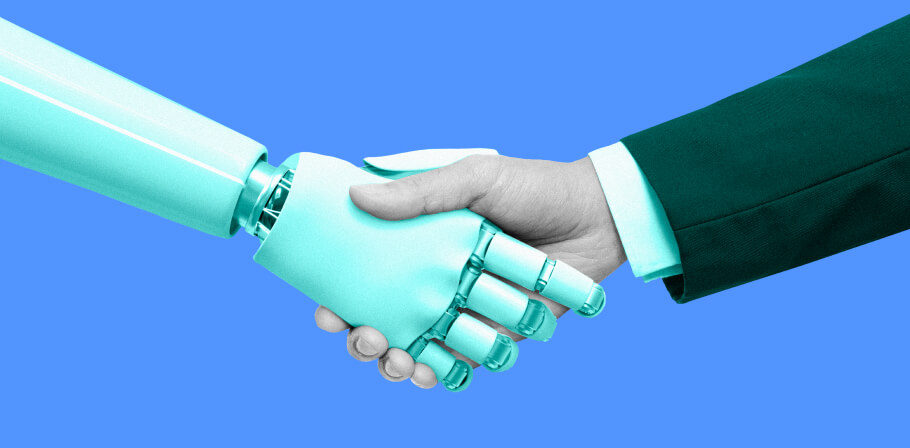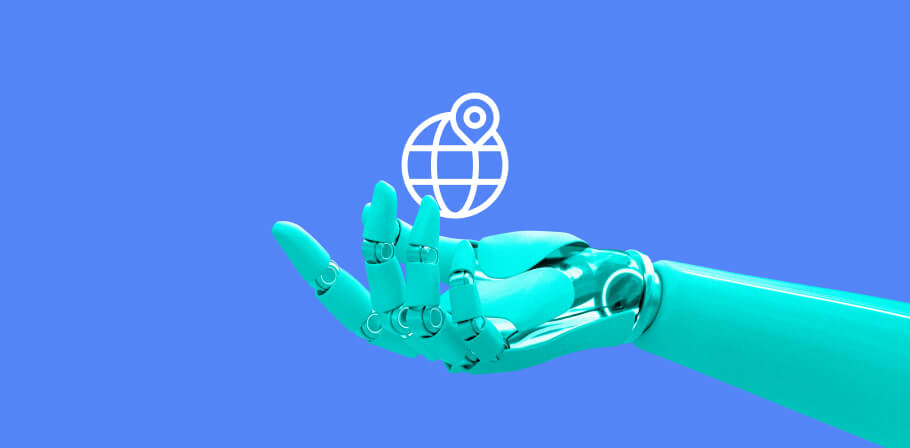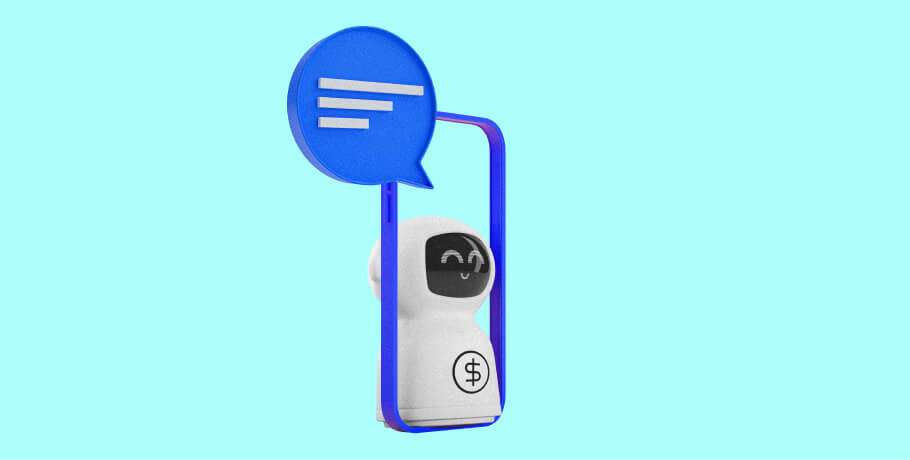The data science platform market is expected to reach $322.9 billion by 2026, growing at a compound annual growth rate (CAGR) of 27.7%. This growth is stimulated by the increased interest in big data and the adoption of many cloud-based solutions.
The application of data science in the retail sector has grown, too, as tech giants like Amazon and Netflix already utilize all the possible benefits. These companies personalize their marketing campaigns, improve supply chains, and use deep analytics. This leads to a better customer experience and increased profits.
Read on to learn about data science challenges, solutions, use cases, and how data science can help your retail business.
Why Does Retail Need Data Science?
IBM’s massive survey showed that 62% of retailers reported getting significantly better than competitors thanks to big data and analytics. Modern software helps scientists get more advanced insights.
Here are some benefits of using data science in retail analytics:
- A deeper understanding of customer inquiries;
- Precise customer segmentation and better insights into the reasons for product demand;
- Effective inventory management and stock control;
- Marketing strategy optimization including segmentation and personalized ads based on sentiment analysis, NLP, and other tools.
Big data development services can help companies leverage these benefits by providing cutting-edge expertise. Each point enables retailers to increase their income and customer satisfaction, so the opportunity shouldn’t be neglected.
Top 6 Data Science Use Cases in Retail
The intensifying competition in most major markets leads to the appearance of numerous data science applications for retail. We have chosen the 6 most meaningful insights for you.
Price Optimization
73% of companies planned to start using smart automation technologies to optimize prices and increase revenue by the end of 2021. Combining machine learning and data science in the retail industry helps companies achieve these results.
There are many ways to optimize pricing via these technologies:
- Determining optimal entry-level prices for new products;
- Setting prices that meet customer expectations and demand most;
- Finding the hours with the highest demand;
- Gathering price information from competitors, and more.
For example, Zara uses data science to set the entry prices for its products. Detailed analysis helps the company cut discounted sales to only 20% of its stock. Zara’s competitors have to sell up to 40% of items at a reduced price to achieve the same results.
Personalized Marketing
96.2% of respondents spent more on data-driven marketing than a year earlier. This shows that companies are starting to understand the value of combining retail analytics and data science.

Personalized marketing enhances customer segmentation by providing deeper insights into consumer interests, behavioral patterns, pain points, and other info. It lets companies sell more products and improve the customer’s shopping experience.
Also, businesses can:
- Predict when and which offers will be the most successful;
- Improve targeted lead generation;
- Understand how customers would react to different offers.
The whole idea is to provide the right product at the right time, calculating the perfect moment to sell. The application of data science in retail makes this task much more feasible.
Improved Recommendations
Enhanced recommendations are one of the most popular data science applications for retail. They are a powerful way to increase customer retention and sales.
Here is how this works:
- Machine learning analyzes the items placed in a cart, liked, or viewed.
- The data is used to provide recommendations for other items.
The information may be used for internal suggestions or even targeted ads. For example, Netflix uses deep learning to offer personalized recommendations for the next film to watch. A similar method may be seen in many other retailers.
Fraud Detection
Over $5.8 billion was lost to fraud in 2021. It is a hot topic in the retail industry, so modern tools must be used to prevent losses and save customer trust.
Data science applies a massive set of information to scan transactions, user behavior, and operations in real time. Fraud detection software has multiple patterns recorded, reducing investigation time by 70% and improving detection accuracy by 90%. Also, it makes internal processes more transparent, minimizing the risks of employees committing crimes.
Among all data science applications in retail, fraud detection is the most security-focused option. It is also used to overcome financial and security challenges in fintech, medtech, and many other industries.
Inventory Management
47% of respondents mentioned using AI to improve inventory management, demonstrating that the use of data science for retail stores begins at the inventory level. Advanced analysis is conducted to predict future demand for products of all kinds. This allows companies to manage their inventories appropriately and enhance logistics efficiency.
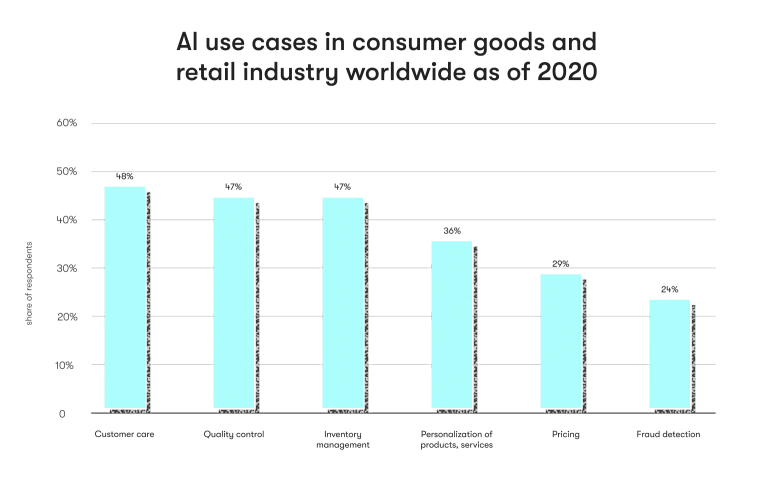
Here is how retailers use data science to manage their inventories and deliver products:
- Predicting demand based on weather, season, historical data, and other factors;
- Determining the correlation between different supply chains;
- Forming optimized inventory stocks for fast delivery.
For example, Amazon uses predictive analytics for faster shipment and a better shopping experience. Walmart applies the technology to suggest an approximate delivery date based on multiple factors like distance, inventory levels, shipping methods, etc.
Meaningful Insights and Trend Watching
Data science combines multiple tools to get meaningful insights based on information from the Internet. For example, it uses natural language processing to detect trendy topics on social media and monitor user comments. NLP may also be used to build AI-driven chatbots, which are quite popular in the retail industry.
Starbucks used data science, specifically narrative analytics, to analyze the reviews on Glassdoor and understand the levels of employee engagement in their company. This helped the company determine the points for improvement, addressing concerns and amplifying narratives.
Get a custom solution now!
How Do Top Retailers Use Data Science to Move Forward?
There are dozens of data science use cases in retail. We have chosen the most prominent ones in the industry.
Amazon
Amazon gathers terabytes of data daily via its voice assistant, marketplace, media platforms, IoT devices, and other sources. This helps the company improve all of its services.
Here is how Amazon applies big data:
- Alexa voice recordings for better speech recognition;
- Behavioral analytics for personalized recommendations and improving its collaborative filtering engine;
- Predictive analytics for its anticipatory shipping model.
Combined with the aforementioned use cases, these methods help the company grow its income and keep customers engaged.
Netflix
Netflix’s primary goal when gathering user data is to provide personalized recommendations based on deep analysis. The system considers not only genres but also the content of its shows.
Thousands of employees watch every minute of every show to set appropriate tags regarding what’s going on. Combined with behavioral data, this lets the retailer select appropriate recommendations.
Here is an example of the data Netflix collects:
- Viewing time and location;
- Keywords for each search;
- Pauses, rewinds, fast-forwards, etc.;
- Browsing behavior, and more.
Other use cases involve content development analytics, personalized artwork for marketing activities, and workflow optimization. These solutions help this retail-as-a-service company grow income and customer engagement.
Starbucks
Starbucks’s success is partly due to the usage of data science. Many of the retailer's processes are optimized based on detailed analysis.
Here is how Starbucks uses data science:
- Personalized promotions based on order preferences and behavioral analysis;
- Setting the right frames for dynamic menus based on consumer preferences;
- New product launches based on user tastes and preferences;
- Supply chain management and product traceability.
The company actively uses all data science tools for analytics, natural language processes, and trend monitoring. Also, there’s a deep connection with ML and AI.
Spotify
Spotify uses multiple techniques to provide a seamless user experience.
Here is how Spotify uses data science:
- Personalized songs via “Discover Weekly” based on AI and ML algorithms;
- Sharing whether users make it in the leading listeners of a certain artist, sharing the numbers with them;
- Forecasting and predictions based on user behavior;
- Personalized marketing and targeting.
The music service provider leverages maximum benefits from data, achieving €9.67 billion in annual revenue. This makes Spotify one of the prominent examples of a successful music retailer.
5 Challenges of Using Data Science in Retail
There are many data science problems in retail. We have gathered the most prominent challenges and their solutions in this industry.
User Data Storage
One of the common facts in data science and the retail industry is that both work with sensitive customer information. There is a high data leak risk because the majority of data is saved in cloud-based storage.
Consequently, companies are obliged to follow multiple regulations and standards like the:
- GDPR;
- DPA;
- CCPA, and others.
Apart from complying with the law, retailers can enhance data security by utilizing standard measures. These include biometric authentication, two-step verification, and strict password requirements. It is also necessary to use secure infrastructure like tier 3 data centers and protected servers.
Predictive Analytics Errors
Although machine learning is mostly accurate, it isn’t the holy grail with all the answers. There is always a possibility that the technology’s conclusion is wrong, leading to faulty predictions and reputation losses. That’s why it is necessary to be critical.
Another issue is that predictive analytics can make the wrong conclusion based on a buyer’s shopping history. This may lead to people being offended and even scared.
For example, a store called “Target” started sending coupons for baby products to a teenage girl based on her purchase history. The system assumed she was pregnant based on the products usually purchased during pregnancy. Although the conclusion was correct, there was still quite a scandal.
It should be noted that overly precise phrasing can scare customers away. The sensation that one’s privacy is being invaded does not end well, so Target changed its strategy. The company started mixing baby products with random items to make it seem like a good coincidence. Apparently, that worked.
Too Many Data Sources
Retailers communicate with their customers via websites, social media, live interactions in stores, and a dozen other ways. The growing amount of information makes it hard to collect accurate data and negatively impacts decision-making. Not all tools can keep up with the pace.
To ensure retailers get the right data, they should focus on the following types:
- Sales volumes;
- Client footfall;
- Profit margins;
- Stock levels;
- Ad campaign effectiveness, and others.
Focusing on qualitative data makes the conclusions more precise.
Building Trust From Customers
Not all customers are willing to share their data with online retail companies. That’s why it is necessary to build a certain level of trust and keep all processes transparent. If a retailer gathers customer data, they must be clear about what they store.
One of the ways to build trust is by providing certain benefits for sharing data. Depending on what a business can offer, these could be discounts or coupons. Another option is applying effective branding and advertising that cover customer needs and pain points and demonstrate your company’s advantages. Both elements are key to building a strong relationship with consumers.
According to the GDPR, people can ask a company to delete their personal data at any time. Being transparent with this fact will also garner trust.
Using Modern Solutions
Data science is always used in combination with artificial intelligence and machine learning. These technologies have a strong influence on research analysis.
Among the emerging solutions, we may point out:
- Natural language processing;
- IoT technologies in retail;
- AR and VR systems;
- Cloud services, and others.
The greatest challenge is finding a qualified team to work with the newest technologies.
Use data science to your advantage!
EPAM’s Experience in Using Data Science in Retail
EPAM’s developers have rich experience working with data science projects in retail. Check out the following case studies to see our solutions.
XKD: Brand and Customer Experience Redesign
EPAM identified multiple opportunities and features to hone XKD’s brand strategy. Our solutions increased customer retention by 16% and the female customer base from 36% to 44%+. Read more.
Using AEM & Adobe Campaign to Cut Platform Costs in Half & Enhance CX
EPAM worked with Hilti Corporation to assist it in its digital transformation journey. Our solutions accelerated time-to-market by 30%, increased customer acquisition by 18%, and expanded email volume by 133%. Read more.
Building Out New Era’s Global B2C Presence with SAP Commerce Cloud
EPAM supported New Era in its rebranding and digitalization process. Our solutions helped the retailer get 3 full-fledged websites with zero downtime, expand from the B2B to the B2C model, and tap into the global consumer market. Read more.
Summing up
Hundreds of retail and data science projects are combined to provide the ultimate customer experience. The leading use cases appear to be personalized marketing and recommendations, inventory management, and trend monitoring.
The biggest challenges of data science are security and a lack of expertise with modern solutions. These issues are easily overcome when working with industry professionals. You will leverage the most from AI, ML, data analytics, and other technologies to grow your income.
Looking forward to using data science in your business?
Follow the experience of leading retailers like Amazon and Netflix. We’ll help you create a cutting-edge solution with maximum security and tech expertise.
FAQ

Since 2011, Dmitri has been helping business readers navigate the technology market through expert analysis and editorial work. At EPAM Startups & SMBs, Dmitri shows startups and SMBs across industries how to drive business value from their software engineering investments.
Since 2011, Dmitri has been helping business readers navigate the technology market through expert analysis and editorial work. At EPAM Startups & SMBs, Dmitri shows startups and SMBs across industries how to drive business value from their software engineering investments.
Explore our Editorial Policy to learn more about our standards for content creation.
read more


